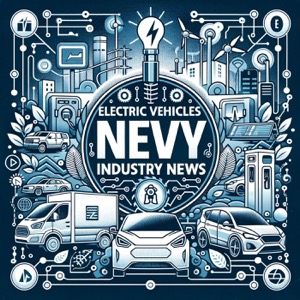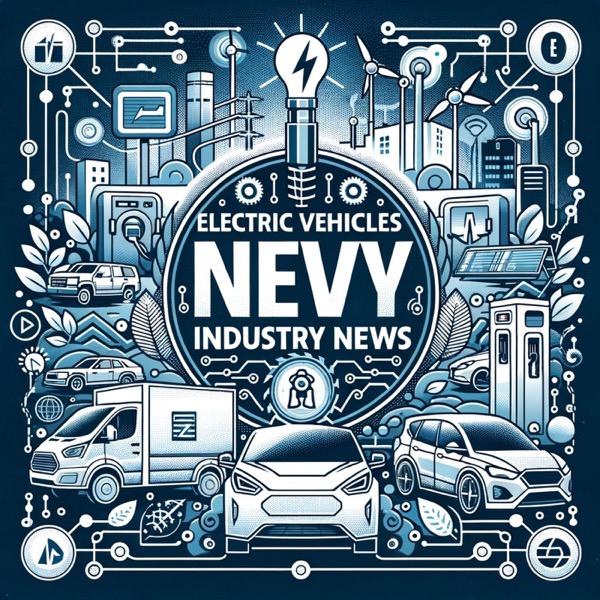"Navigating the Evolving EV Landscape: Trends Shaping the 2025 Market"
Electric Vehicles Industry News - En podcast av Quiet. Please

The electric vehicle (EV) industry is undergoing significant transformations driven by technological advancements, shifting consumer preferences, and stringent environmental regulations. As we enter 2025, several key trends are shaping the market.Firstly, the EV sector is expected to gain momentum, with a wider range of models across various price points making EVs more accessible to consumers with diverse budgets. Advances in battery technology are driving down production costs, making EVs increasingly competitive with traditional internal combustion engine vehicles[1][3].Government policies, including tax breaks and subsidies for EVs, have encouraged buyers to make the switch, but these policies have also driven up demand and prices. Stricter environmental regulations have increased production costs, impacting pricing for traditional gasoline-powered cars[1][5].The global EV market is becoming increasingly competitive, with BYD and Tesla leading the charge, accounting for 35% of all electric car sales in 2023. However, other manufacturers, such as Hyundai-Kia and European carmakers, are gaining ground, particularly in the U.S. and European markets[2].In Europe, the European Union's decarbonization goals are driving the electric vehicle market, with stricter measures to reduce CO2 emissions from cars and trucks targeting a 15% reduction between 2025 and 2029. This has led to a stronger alignment with consumer needs, promoting more affordable electric vehicle models, with one in four new cars sold in 2025 expected to be electric, thanks to the commercialization of models priced under €25,000[5].Consumer behavior is also shifting, with environmental awareness and government incentives making EVs more appealing. However, tight budgets and a cautious approach to spending have defined consumer behavior, forcing manufacturers to rethink pricing and production strategies[1].In response to current challenges, industry leaders are enhancing their pricing strategies to attract more buyers, including the use of consumer incentives, such as rebates, cashback offers, and low-APR financing. Additionally, manufacturers are focusing on reducing manufacturing costs to adjust pricing without sacrificing profitability[1].Compared to previous reporting, the EV market has made significant strides, with EV sales expected to represent 20-25% of new vehicle sales in the U.S. by 2025, up from 14% in the first half of 2024[3][5]. The industry is poised for further growth, driven by technological advancements, regulatory changes, and shifting consumer preferences.In conclusion, the electric vehicle industry is undergoing a significant transformation, driven by technological advancements, shifting consumer preferences, and stringent environmental regulations. As we enter 2025, the industry is poised for further growth, with a wider range of models, advances in battery technology, and enhanced pricing strategies making EVs more accessible and appealing to consumers.
